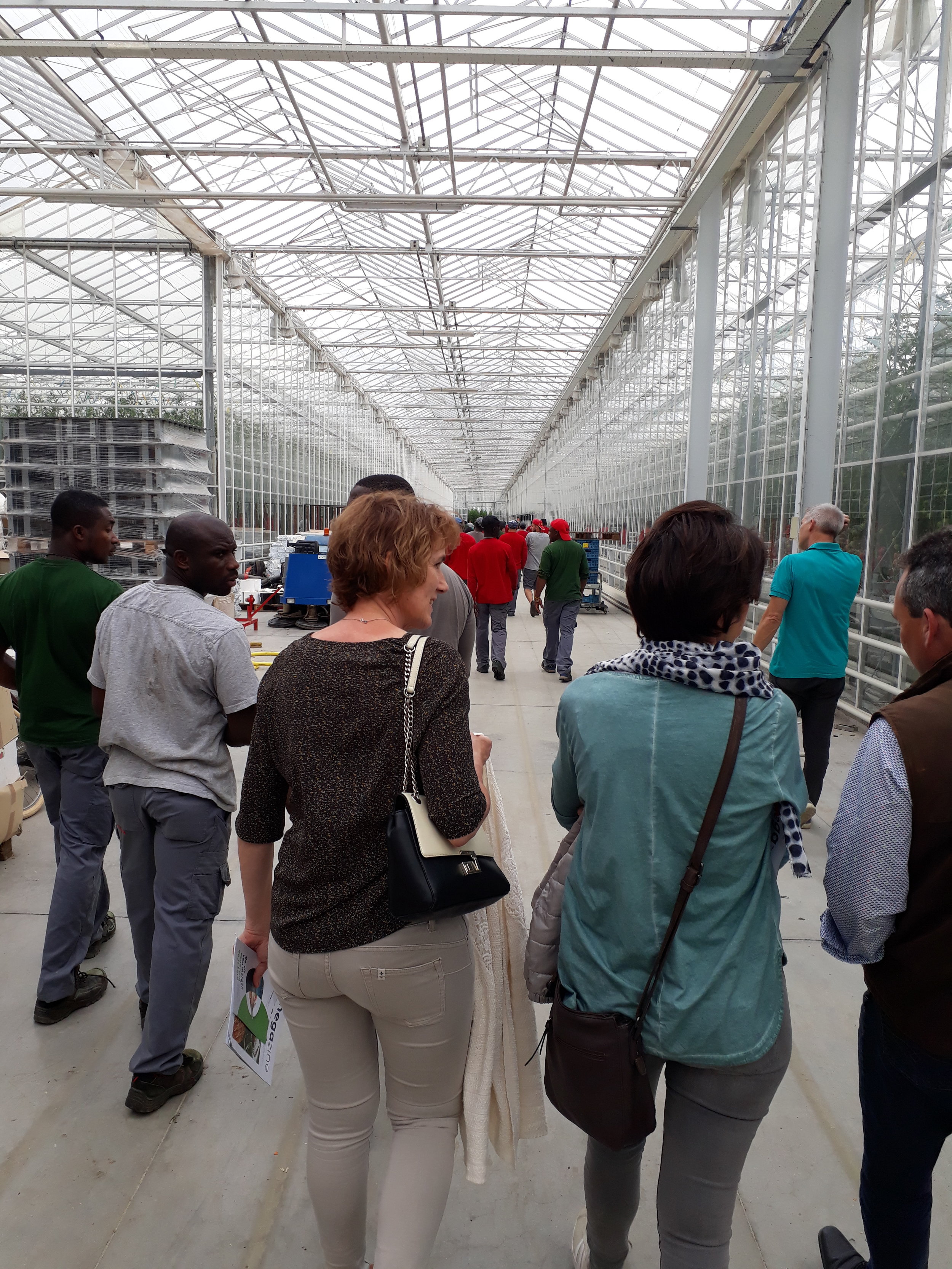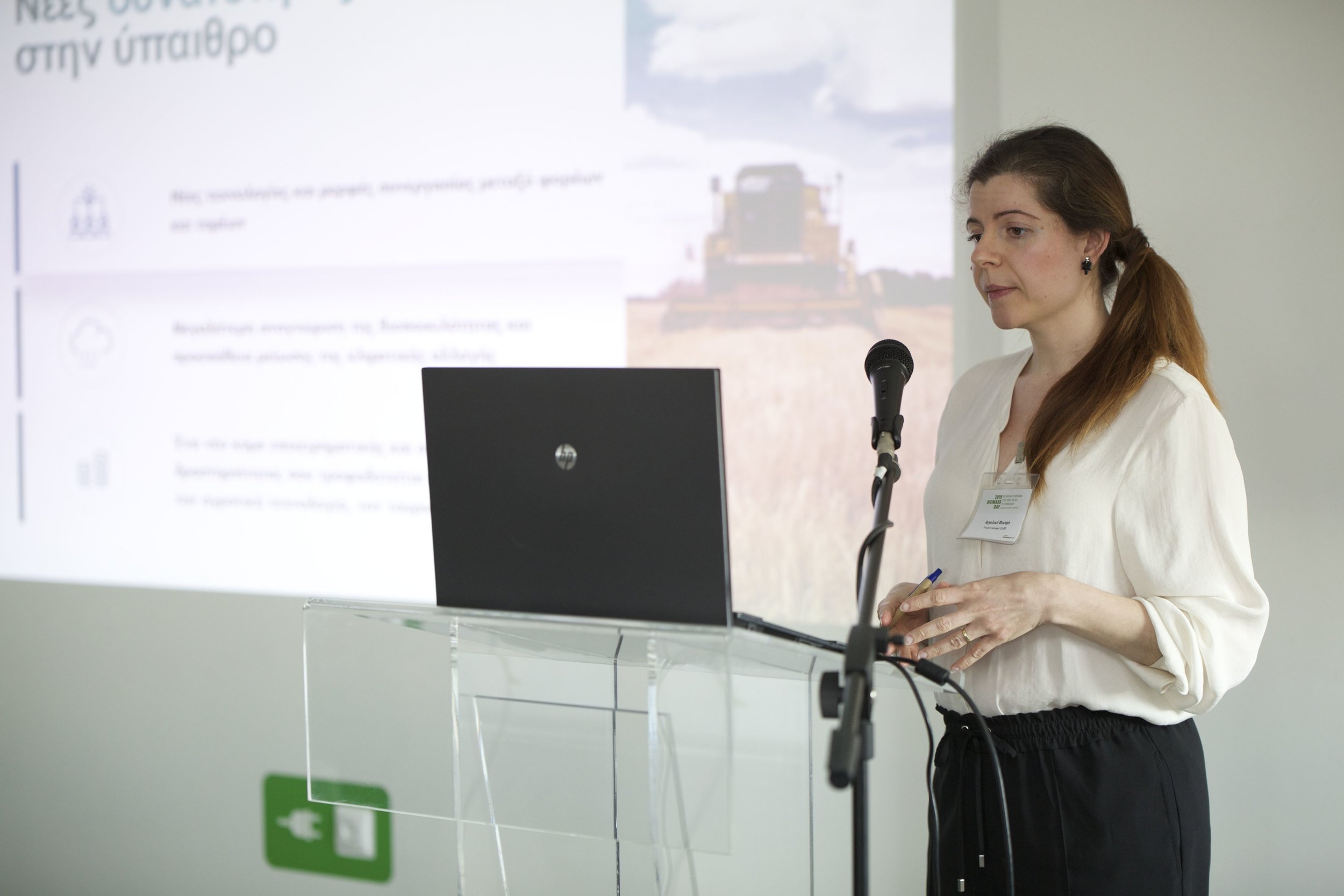Earlier this month, the “Biorefinery Glas” EIP-Agri Operational Group, co-funded by Ireland’s Department of Agriculture, Food and Marine and the EU, kicked off at Institute of Technology, Tralee (IT Tralee).
The project sees the Institute partner with University College Dublin, GRASSA B.V., Barryroe Agri Co-operatives and Carbery Group is one of the country’s leading international manufacturers of speciality food ingredients, flavouring systems and is also a leading producer of award-winning cheeses.
The Biorefinery project aims to address key sustainability challenges in Irish agriculture, by encouraging farmers into the circular bioeconomy, which will deliver and support new income streams and drive business diversification.
“Biorefinery Glas is one of the first bioeconomy initiatives in Europe, looking to move farmers further up the bioeconomy value-chain; to become bio-processors, rather than just suppliers of low-cost biomass,” said project Co-ordinator James Gaffey of IT Tralee.
“The EU Commission in its recent Bioeconomy Strategy update has highlighted the important role that primary producers, such as dairy farmers, can play within the bioeconomy. It also highlighted the role that small-scale biorefineries can play in allowing farmers to diversify their income base in a sustainable manner. This could be replicated across Ireland and the EU, helping to improve protein availability and reduce emissions, while also producing value-added co-products”.
The project team will bring a mobile multi-product biorefinery, which optimises the use of grass by separating it into a spectrum of co-products, for demonstration to various farms to show how it can improve value and resource efficiency. The demonstration unit will first isolate the protein that cows process most effectively from the grass. It will then take the remainder of the protein, which the cows don’t use, to produce a co-product feed for pigs or chickens.
This approach improves the efficiency of nitrogen use for milk production, while providing pigs and chickens, who would otherwise not be able to access grass protein, an indigenous source of protein concentrate. Given the EU’s dependency on feed imports, and the commissions focus on developing a protein plan for Europe, a mechanism for improving protein efficiency is timely. An expected benefit of improving the nitrogen use efficiency for milk, includes a potential reduction in nitrogen loses and ammonia-related emissions for the dairy sector.
Said Enda Buckley, Director of Sustainability, Carbery Group: “For the past fifty years Carbery has conducted its business, while embracing strong sustainability principles. Sustainability is foremost in our minds and we are constantly striving to improve our approach and that of our shareholders every day. It was an easy decision for us and our farming partners to participate in this project and we are all looking forward to seeing the mobile grass biorefinery in action, to see where it can take us from both a sustainability and farm income perspective.”
An additional, value-added co-product, is fructooligsaccarides, which will be extracted from the deproteinised grass whey. It has a potential application as a prebiotic in animal or human nutritional projects and as an ingredient in cosmetic solutions. As processing takes place close to the farm, the nutrient-rich grass whey residue, can be reapplied to the field as a fertilizer or as a co-substrate for biomethane production, through anaerobic digestion for on-farm energy use.
The project comes at a critical moment for both Ireland and the EU, with the Commission’s proposal for the new Common Agricultural Policy (CAP) aiming to make a much stronger contribution to the sustainable development agenda.
















































































































